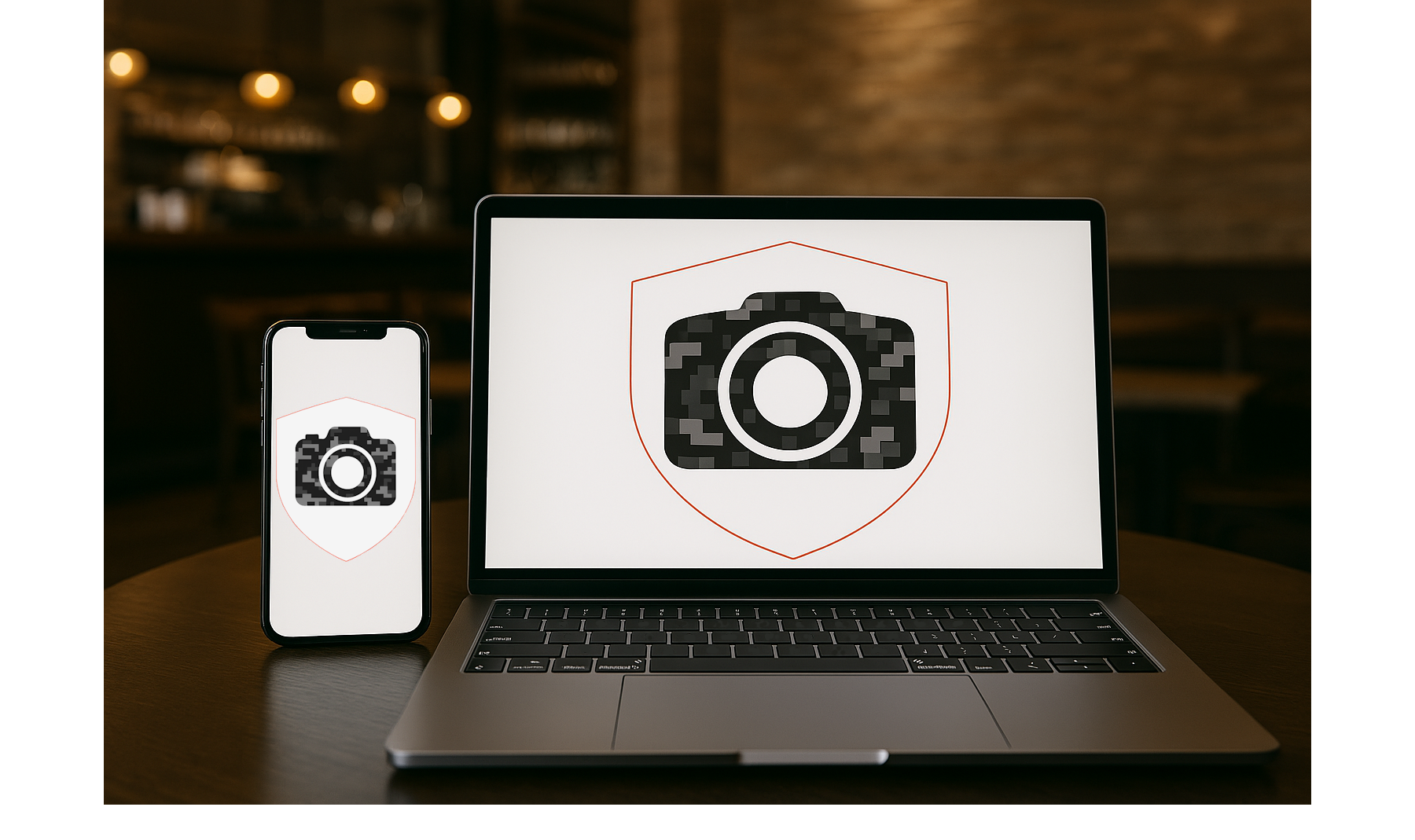Introduction to CamoPhoto
April 9, 2025
CamoPhoto is a simple, free privacy tool by CamoText to remove metadata from photos locally in your browser.
- Drag and drop, upload, or paste your image
- Click "Remove Metadata"
- Save or copy the output image
If you’re going to feed your photo to social media or AI, at least remove personal metadata like the exact GPS coordinates where it was taken!

What's In Metadata?
While metadata can be useful for personal organization and understanding image context, it can also contain private information that, if shared, poses privacy risks.
Private Information in Image Metadata and Risks:
1. Geolocation Data: Embedded GPS coordinates (latitude and longitude) in photos, pinpointing exactly where the image was taken. For example, a photo taken at home could reveal your residential address.
2. Date and Time: Metadata often includes a timestamp of when the photo was captured. This could expose patterns of behavior, such as when you’re typically at home, where you work, or if you’re away on vacation.
3. User Information: Some metadata fields can include the photographer’s name and copyright details, potentially presenting another data attack vector for the image subjects.
4. Image Description or Tags: Custom descriptions, captions, or keywords added to the metadata might reveal personal context (e.g., relationships, events, or health conditions if medical images are involved). If you upload multiple images, metadata from each could be pieced together to form a detailed profile of your life, even if individual pieces seem harmless.
5. Device Information: Details about the camera or phone used (make, model, serial number) can be included. Device details or user information could connect the image to you, especially by LLMs if combined with other public data (e.g., from web searches or social media).
Companies can be less than forthright about their data collection practices, and metadata is a common vector for quiet data collection. This is especially troubling when users may not even be aware of the data being collected and aggregated, like detailed metadata.
For example, Meta (formerly Facebook) advertises WhatsApp as an end-to-end encrypted private messaging app. However, while user messages are private, WhatsApp collects various forms of metadata1 about user activity including IP addresses (even if location features are turned off), communication timestamps, network and device information, usage patterns, names, and profile images (which themselves may contain metadata!).2
How Does CamoPhoto Work?
Even though CamoPhoto is hosted through camotext.ai, the operation of the code (the actions taken to process your image, remove metadata, and copy or download the output image) is fully “client-side” (handled by your browser’s memory and clipboard system, on your device). No image data is sent to or retained by the CamoText nor CamoPhoto website nor servers, and they have no access to the user’s image, metadata, or clipboard contents. There is no server-side processing, caching, or logging of the photos or data, ensuring zero data retention.
CamoPhoto works by locally “re-drawing” your image onto a canvas and then converting it back to a photo “blob” via the stripMetadata function, removing all metadata in the process. This works across all supported image formats (PNG, JPEG, JPG, HEIC, WebP).
For mobile users, the “Save Output” button opens a new tab for the metadata-free output image, or if blocked by your browser, simply displays the output image lower on the page, for easy copying or saving of the image.
Types of Metadata Removed:
- All EXIF data (camera information, timestamps, etc.)
- GPS coordinates and location data
- Copyright and author information
- Image descriptions and comments
- File name (replaced by "camophoto_output")
- Windows-specific metadata (XPTitle, XPComment, etc.)
- Camera settings (exposure, aperture, ISO, etc.)
- Any embedded thumbnails or previews
The only image data or metadata that remains (other than the image itself) are the basic properties necessary for display: dimensions (width and height) and file format (JPEG, PNG, etc.) and file size.
CamoPhoto includes a “View Metadata” button that can be used to verify what metadata is present before and after the process.
Note that this tool only removes the photo’s commonly-present but hidden metadata; it does not alter or obscure anything visible in the image. While in-photo privacy protection might be a later CamoText or CamoPhoto feature depending on user feedback and demand, be aware that CamoPhoto is currently strictly for metadata removal. Absent avoiding the public provision of private photos, especially to LLMs, removing metadata is just an easy first step and best practice for image privacy.
CamoPhoto is accessible at camotext.ai/camophoto (also linked on the CamoText homepage), and the metadata removal script is public on CamoText’s GitHub.
